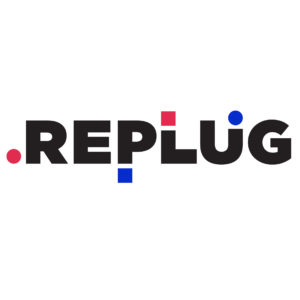Mobile user acquisition offers lots of channels for app marketers to choose from and one of these is OEM advertising. In this section, we want to explain what is OEM advertising, break down its benefits and challenges, and introduce you to best companies that operate in this area.
What is OEM advertising?
OEM stands for Original Equipment Manufacturer, currently there is a number of OEM ad platforms built by mobile device manufactures (think Samsung, Huawei), mobile carries (think T-Mobile MetroZone), and retailers (think Roku, Inc.).
In a nut shell, OEM advertising is the on-device mobile app advertising, whereby smartphone owners see pre-installed mobile apps on their devices or in-device app recommendations.
For brands, OEM advertising is important because it provides them with a safe environment, which, for instance, social media platforms not necessarily capable to provide. For advertisers, this kind of mobile advertising brings much less competition, compared to traditional mobile app stores.
OEM ads are divided into two groups – pre-installed apps and recommendations.
OEM traffic platforms
Geographically speaking, OEM advertising platforms are most common in China, where Google’s Play Store is unavailable and the entire Android app ecosystem is based on local app stores.
Platform wise, there are three categories offering different OEM solutions:
- Mobile device manufacturers like Huawei and Samsung, that pre-install ad platforms on the devices they ship;
- Ecosystems integrated via an Android Package Kit, serve as an intermediary between manufacturers and advertisers (think ironSource Aura)
- Ad platforms, such as Xiaomi Ads (reaching a global audience of over 410 million users) and Huawei Ads, which provides an ad service that integrates ads into Huawei devices.
Benefits & challenges
One of the biggest benefits of OEM ads for advertisers is that traffic it delivers is comparable to organic traffic. Mobile users perceive such ads as authentic and native. According to some estimates, conversion rate of mobile app installs from OEM sources may reach 10-40%.
Some other benefits that advertisers enjoy, plugging OEM advertising to their mobile marketing mix:
- Direct access to high-intent users
- OEM ads reach users at key moments, such as device setup, app store searches, and system recommendations.
- These placements capture high-intent audiences, leading to better engagement and conversion rates compared to traditional ads.
- Less competition than traditional ad networks
- Unlike Google Ads or Meta, where competition is high, OEM ad inventory is less saturated.
- This allows brands to acquire users at a lower cost while reaching exclusive placements (e.g., pre-installed apps, in-device recommendations).
Having said that, there are some challenges that advertisers may face with OEM ads, such as:
- Limited Transparency & Data Access
- Many OEM ad platforms are closed ecosystems, providing limited visibility into user behavior and conversion tracking.
- Compared to traditional ad networks (Google Ads, Meta), measuring campaign performance can be more difficult.
- Privacy Regulations & Compliance Risks
- With GDPR, CCPA, and other data privacy laws, collecting and processing user data in OEM environments can be challenging.
- Some users disable OEM recommendations, limiting ad reach and effectiveness.




